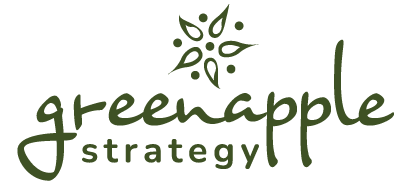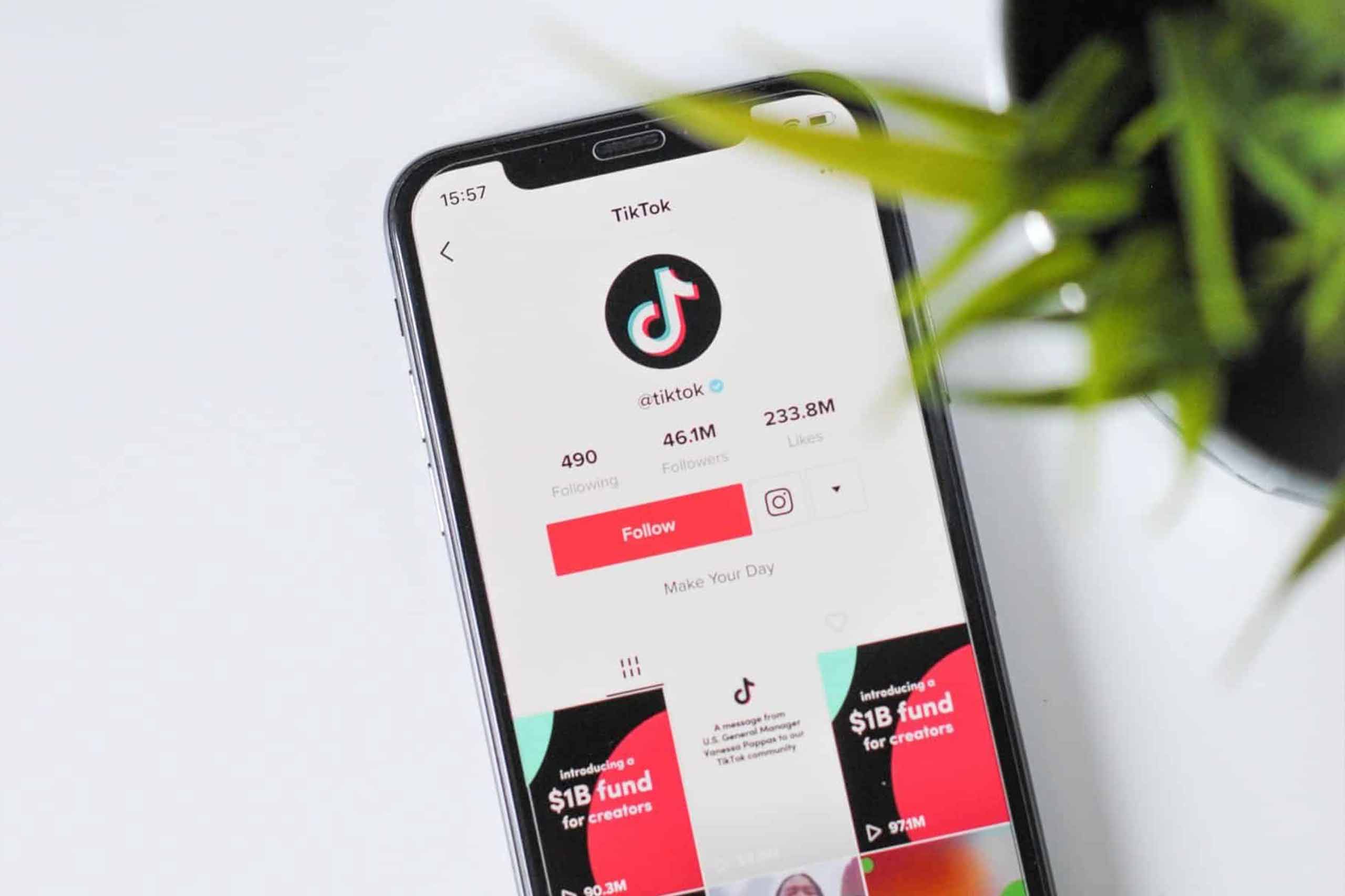There’s no denying that TikTok has become the social media platform that’s garnished the most attention within the past couple of years. And it looks like it will continue to be one of the B2B social media trends in 2023 that businesses should consider. Whether you personally love it or hate it, business leaders and marketers are wrestling with the question, “Does our company need to be on TikTok?”
As with any social media platform, investing in TikTok for marketing really comes down to whether it can help you reach and cultivate relationships with your potential customers. It’s also important to note that TikTok will continue to change and evolve as more innovations roll out, so you’ll have to stay updated on the changes to this platform.
4 Ways Businesses Can Use TikTok for Marketing
As we’ve worked alongside clients to determine how they can use TikTok for marketing, we’ve found a few helpful tactics that seem to work best for businesses. If you’re looking for a way to leverage TikTok for your brand, here are a few ideas to consider based on the latest trends:
1. Post Educational Content
TikTok can be a great way to educate current and potential customers with helpful insights about your products, services, or industry. According to Vidyard’s 2021 Video Benchmarks report, the most common types of business videos are product demos, followed by how-tos and explainers. Because of its visual nature, TikTok provides a way for you to create informational videos at a relatively low cost. You don’t have to invest in expensive cameras or editing software if you have someone with an engaging personality who is good at keeping people’s attention and teaching your audience.
2. Find Your Target Audience
One of the unique features of TikTok is the subcultures and threads that have been created around specific industries and areas of interest. For example, #BookTok and #MoneyTok are two distinct subcultures that make it easy for users to connect with like-minded people who share their interests and passions. One of the best ways to reach new customers on TikTok might be to invest time in developing a presence in a particular subculture that aligns with your business or industry.
3. Invest in Influencer Marketing
Sometimes the best TikTok strategy isn’t creating your own content but instead partnering with influencers who have already built an audience. The platform has proven to be a creative incubator for rising thought leaders and industry influencers. If you recognize that there is potential in reaching your target audience on TikTok, but you don’t have the time or resources to launch your own channel, it’s worth exploring how to identify and connect with influencers to promote your brand.
4. Share “Behind-the-Scenes” Content
In addition to providing the opportunity to educate customers, TikTok is also a social media platform that can humanize your brand. While every social media platform was created to help humans connect with one another, content that businesses create for Facebook, LinkedIn, and Twitter can still feel very corporate and sterile. In many ways, TikTok opens the door to reconnecting with your audience in a way that feels authentic and not overly formal. You might consider sharing “behind the scenes” content for your brand or creating a “day in the life” video that features an employee. You can also collaborate with current customers or community members to feature their videos on your profile.
Social Media Best Practices when Using TikTok for Marketing
As with any social media platform, it’s important to understand what makes marketing on TikTok effective. Here are a few basic best practices to follow when creating videos for TikTok:
1. Make sure your content is authentic and represents your brand.
Becoming a thought leader in your industry requires authenticity and approachability, but don’t take yourself too seriously. Humorous, light, fun content works really well on TikTok.
2. Engage with your followers so they feel valued.
One way to increase engagement is to interact with your audience directly on the platform. People love to feel valued and heard.
3. Use data to consistently evaluate your investment.
While you may not experience instant success, it’s important to always ask yourself, “Is this helping us work towards our larger marketing goals and objectives?” Asking the right questions to evaluate your social media content is an important way to make sure you’re maximizing your ROI.
4. Test often to see what works and what doesn’t.
You may be surprised by which ideas work and which ones fall flat. Don’t be afraid to experiment.
While we don’t recommend TikTok to every client, it might be the best way for your business to get outside of your comfort zone this year. Once you’re ready to dive in, don’t forget to use TikTok Analytics to evaluate the success of your social media strategy and identify the type of content that can get you the greatest results.











